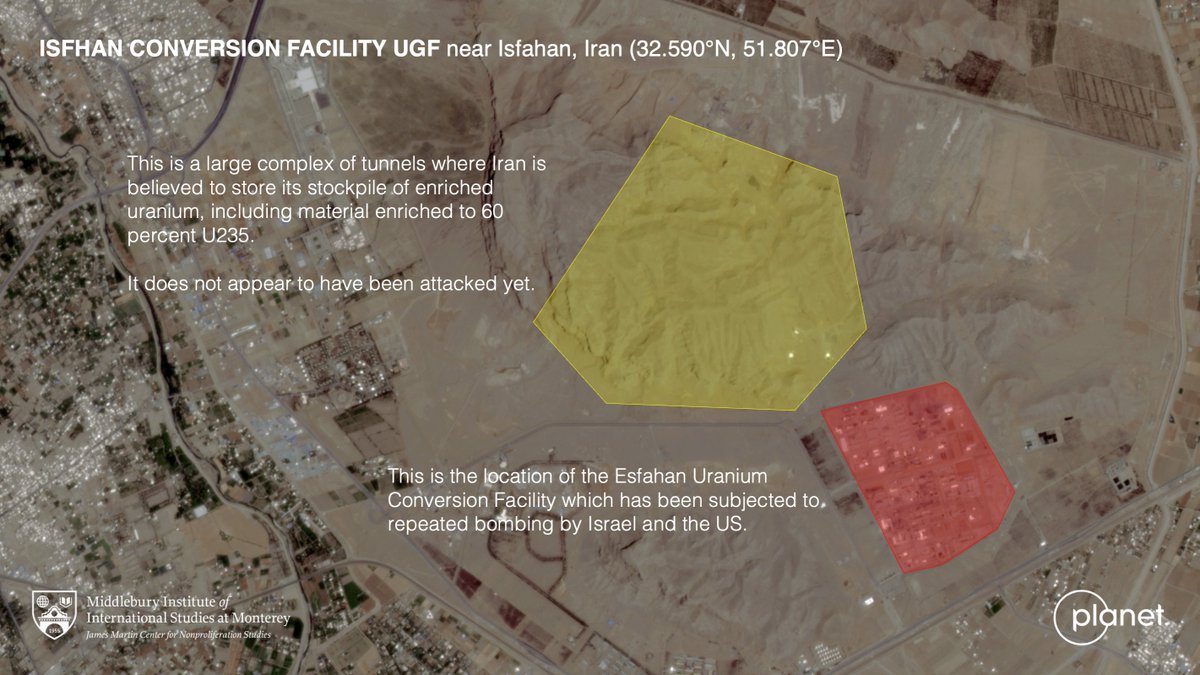All long-range missiles are hypersonic! The range of a ballistic missile is, to a first approximation, a function of the velocity of a missile at burnout. Any ballistic missile that travels more than a few hundred kilometers will be traveling faster than Mach 5 (1.75 km/s). 



What North Korea tested was a hypersonic glider. The system flew 700 km. The warhead separated at some point and glided for a few hundred kilometers, including a 120 km cross-range glide. I mocked up some trajectories; they're only sort of to scale. 



This is the *second* glider that North Korea has tested. This one is conical with little fins. We saw it for the first time at the Defense Expo (left). That's a very different shape than the wedge-shaped system tested in September 2021 and also see at the Defense Expo (right). 



This sort of conical glider used to be known as a "maneuvering reentry vehicle" (MaRV) like the US deployed on the Pershing-II in the 1980s. South Korea's Hyunmoo-series has MaRVs, too. 





This isn't even North Korea's first MaRV. In 2017, North Korea showed us a Scud in with fins on the warhead. The system tested this week is, of course, a lot more capable. 

While "hypersonic" is the buzzword of the moment, there is a growing interest creating reentry vehicles that can execute extreme maneuvers. The US has published about these capabilities. And so has South Korea. 





While the US and ROK papers are describing much fancier maneuvers than the simple turn made by the DPRK glider, I still can think of uses for a 120 km cross-range maneuver on a 700 km trajectory. 

One of my complaints about the "hypersonic" framing is that it wrongly emphasizes speed when what we really are discussing is maneuverability and accuracy. So, yeah, the new DPRK glider is hypersonic. But more importantly, it's a MaRV.
• • •
Missing some Tweet in this thread? You can try to
force a refresh




















